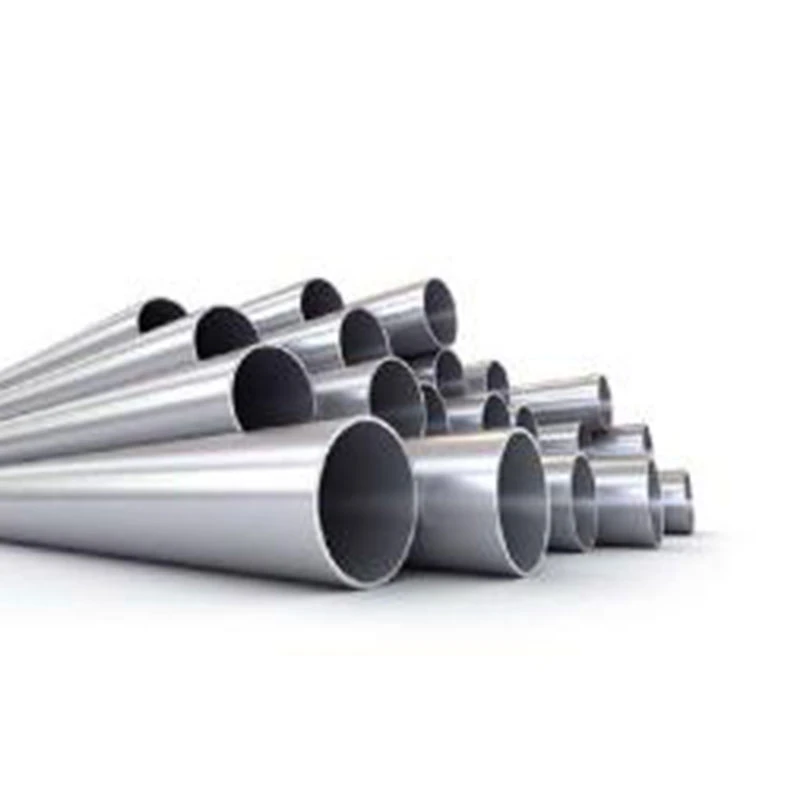-
Cangzhou Yulong Steel Co., Ltd.
-
Phone:
+86 13303177267 -
Email:
admin@ylsteelfittings.com
- English
- Arabic
- Italian
- Spanish
- Portuguese
- German
- kazakh
- Persian
- Greek
- French
- Russian
- Polish
- Thai
- Indonesian
- Vietnamese
- Zulu
- Korean
- Uzbek
- Hindi
- Serbian
- Malay
- Ukrainian
- Gujarati
- Haitian Creole
- hausa
- hawaiian
- Hebrew
- Miao
- Hungarian
- Icelandic
- igbo
- irish
- Japanese
- Javanese
- Kannada
- Khmer
- Rwandese
- Afrikaans
- Albanian
- Amharic
- Armenian
- Azerbaijani
- Basque
- Belarusian
- Bengali
- Bosnian
- Bulgarian
- Catalan
- Cebuano
- China
- China (Taiwan)
- Corsican
- Croatian
- Czech
- Danish
- Esperanto
- Estonian
- Finnish
- Frisian
- Galician
- Georgian
- Kurdish
- Kyrgyz
- Lao
- Latin
- Latvian
- Lithuanian
- Luxembourgish
- Macedonian
- Malgashi
- Malayalam
- Maltese
- Maori
- Marathi
- Mongolian
- Myanmar
- Nepali
- Norwegian
- Norwegian
- Occitan
- Pashto
- Dutch
- Punjabi
- Romanian
- Samoan
- Scottish Gaelic
- Sesotho
- Shona
- Sindhi
- Sinhala
- Slovak
- Slovenian
- Somali
- Sundanese
- Swahili
- Swedish
- Tagalog
- Tajik
- Tamil
- Tatar
- Telugu
- Turkish
- Turkmen
- Urdu
- Uighur
- Welsh
- Bantu
- Yiddish
- Yoruba

Nov . 07, 2024 17:25 Back to list
Exploring Various Types of Couplings and Their Applications in Engineering and Technology
Different Kinds of Couplings A Comprehensive Overview
In engineering and mechanical design, couplings play a critical role in connecting two shafts together, allowing them to transmit power and motion effectively. They facilitate smooth and efficient operation within various machines, minimizing wear and tear while maximizing performance. This article explores the different types of couplings, their characteristics, applications, and advantages.
1. Rigid Couplings
Rigid couplings, as the name suggests, provide a fixed connection between two shafts, ensuring they rotate in unison without any relative movement. These couplings are typically used in applications where shafts are perfectly aligned, and misalignment is not an issue. Common materials for rigid couplings include steel, aluminum, and other alloys.
*Applications* Rigid couplings are commonly found in applications involving generators, turbines, and conveyors where precise alignment is essential.
*Advantages* Their simple design makes them cost-effective, and they offer a high level of torque transmission without slippage.
2. Flexible Couplings
Flexible couplings allow for some degree of misalignment and movement between connected shafts. They can accommodate angular, parallel, or axial misalignments, making them suitable for applications where perfect alignment cannot be achieved. These couplings are made from a variety of materials, including rubber, polyurethane, and metal.
*Applications* Flexible couplings are widely used in motors, pumps, and HVAC systems where vibrations and misalignments are common.
*Advantages* They reduce stress on machinery caused by misalignment and absorb shock and vibrations, thus prolonging the life of the connected equipment.
3. Gear Couplings
Gear couplings consist of two hubs that are connected by a gear-like mechanism. They are designed to transmit high torque and are capable of accommodating significant misalignment levels. Gear couplings often require lubricants to minimize wear, and they are known for their robustness.
*Applications* Gear couplings are prevalent in heavy machinery, such as cranes, mining equipment, and industrial compressors
.*Advantages* They can handle high torque loads, offer durability, and can accommodate angular misalignment effectively.
different kinds of couplings

4. Universal Joints
Universal joints, or U-joints, are specialized couplings that allow for the transmission of rotary motion between shafts that are not in a straight line with each other. They consist of a cross-shaped component and two yokes, allowing for flexibility in multiple directions.
*Applications* Used in automotive drive shafts, universal joints are critical components in vehicles and various machinery that require flexible steering and suspension systems.
*Advantages* They can transmit power even when the shafts are not aligned, offering a high degree of flexibility in design.
5. Bellow Couplings
Bellow couplings utilize a flexible metal bellow to connect two shafts. They offer excellent flexibility, shock absorption, and the ability to handle axial, radial, and angular misalignments.
*Applications* Often found in high-precision applications such as robotics, aerospace, and medical devices, bellow couplings are ideal for situations where precision is paramount.
*Advantages* They provide low backlash and high torsional stiffness while accommodating misalignments, making them optimal for sensitive applications.
6. Disc Couplings
Disc couplings consist of two hubs and a set of flexible discs that connect them. These discs can absorb misalignment and torsional vibrations, making disc couplings ideal for applications needing high torque transmission.
*Applications* Commonly used in electric drives, pumps, and compressors, disc couplings cater to high-speed applications due to their lightweight design.
*Advantages* They allow for a high degree of flexibility while maintaining strength, which makes them suitable for rigorous operational conditions.
Conclusion
In summary, couplings are fundamental components in the realm of mechanical engineering, each type possessing unique properties suited to specific applications. Understanding the differences between rigid, flexible, gear, universal, bellow, and disc couplings is essential for selecting the right coupling for a given task. The right coupling not only enhances machine performance but also contributes to the longevity and reliability of mechanical systems. Choosing the appropriate coupling type can significantly affect machinery operation efficiency and maintenance costs, highlighting the importance of informed decision-making in design and engineering processes.
Latest news
-
ANSI 150P SS304 SO FLANGE
NewsFeb.14,2025
-
ASTM A333GR6 STEEL PIPE
NewsJan.20,2025
-
ANSI B16.5 WELDING NECK FLANGE
NewsJan.15,2026
-
ANSI B16.5 SLIP-ON FLANGE
NewsApr.19,2024
-
SABS 1123 FLANGE
NewsJan.15,2025
-
DIN86044 PLATE FLANGE
NewsApr.19,2024
-
DIN2527 BLIND FLANGE
NewsApr.12,2024
-
JIS B2311 Butt-Welding Fittings LR/SR 45°/90° /180°Seamless/Weld
NewsApr.23,2024











